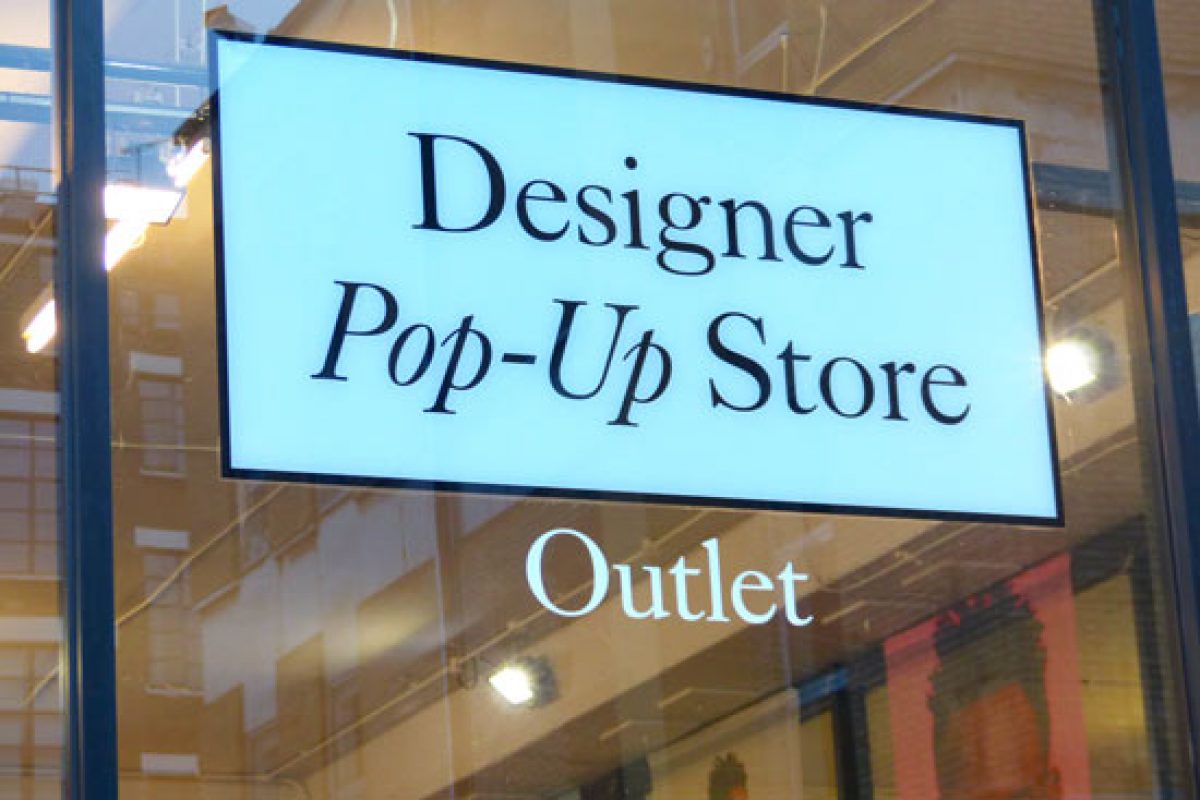Retro futurism has subtly influenced the way we think about aesthetic and cultural expression. Channeling the speculative futures of the Cold War era, this aesthetic marries sentimental longing with speculative innovation. Picture brushed aluminum curves, neon accents, and spacecraft inspired by vintage comic book covers. These concepts were purely theoretical, but now they strike a powerful chord today.

Product design offers perhaps the most visible embrace of retro futurism. Many tech companies have embraced rounded forms and analog dials in devices that are otherwise digital. Smart speakers with wood finishes and vintage controls remind users of a time when technology felt more tactile and intentional. Phones now include retro display themes resembling VHS tapes and analog TVs, not out of obsolescence, but because they trigger emotional nostalgia.
In fashion, the influence is just as strong. The 1960s’ sci-fi chic inspires collections featuring silver lamé, angular cuts, and stark black-and-white tones. Timeless designs are reconstructed with contemporary performance fabrics. It’s not a simple revival, but reimagining it through modern values.
The built environment is increasingly embracing retro futurism. Iconic mid-century structures are being retrofitted with invisible automation systems. Glass walls, exposed beams, and built-in storage from decades ago are paired with voice assistants and energy efficient systems. This synthesis delivers warmth, function, and enduring elegance.
Even in music and film, retro futurism has made a comeback. Synthwave artists create music that sounds like it came out of a 1980s arcade but with modern production techniques. These films honor doudoune trapstars classic sci-fi visuals while exploring themes of identity, isolation, and hope. They show that the future, as once imagined, was alive with possibility and heart.
In an age of chaos, retro futurism delivers psychological comfort. As life becomes increasingly abstract and fragmented, the simplicity and charm of past predictions provide a emotional anchor. They show us that uncertainty never quenched our imagination. That dream is alive again, not as mere decoration, but as a framework for building technology that cares.

